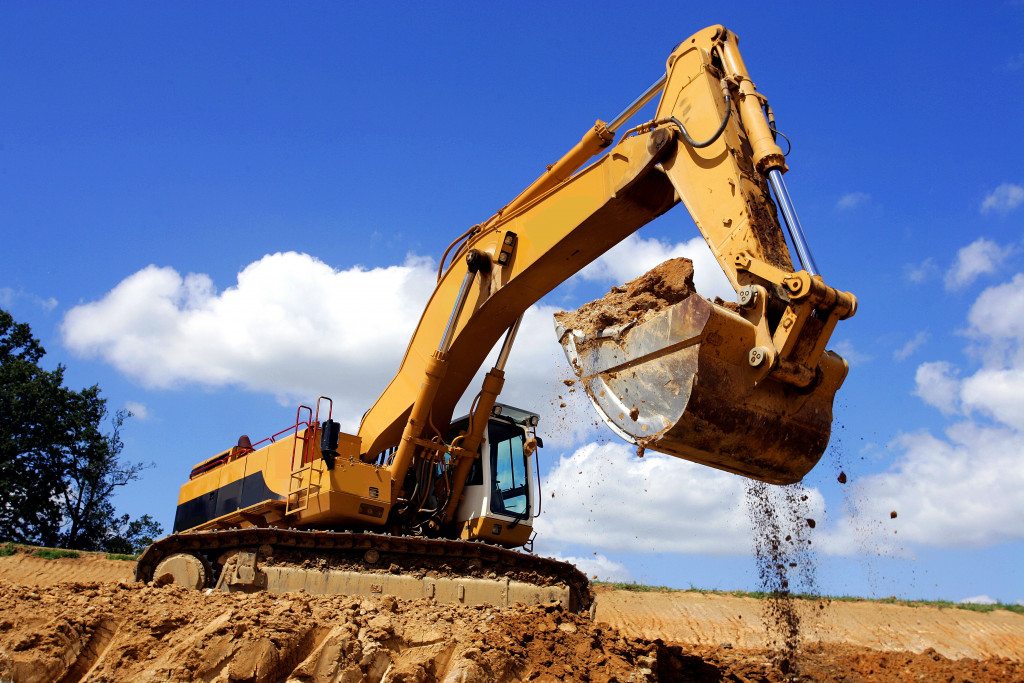- Understanding the core factors of milling efficiency is crucial for business leaders.
- Equipment maintenance is crucial in operational excellence and should be proactive, not reactive.
- Expert involvement is essential in maintaining equipment and maximizing efficiency.
- Strategic inspections, such as professional mill liner inspections, are crucial in identifying potential issues and optimizing efficiency.
- Professional inspections provide valuable insights and recommendations for improving operational efficiency.
Every day, you grapple with issues ranging from equipment maintenance to workforce management, all while keeping an eye on the bottom line. Strategic planning and regular, comprehensive assessments are your best allies in this constant battle for operational superiority.
However, among the various strategies at your disposal, certain specific inspections, often underestimated, play a crucial role in safeguarding and enhancing your mill’s productivity. This piece delves into these critical inspections, highlighting their significance and outlining how you, as a forward-thinking business leader, can integrate them into your efficiency-maximizing agenda.
Understanding the Core of Milling Efficiency
When bolstering your mill’s efficiency, understanding the contributing factors to optimal performance is critical. Several components, from the machinery’s reliability to the operating staff’s skill level, come into play.
The complex interplay of these elements defines your mill’s operational status quo. As a savvy business professional, you recognize that efficiency isn’t just about maintaining the status quo; it’s about pushing boundaries, optimizing every process, and seizing every opportunity to reduce waste and increase output.
The Role of Equipment Maintenance in Operational Excellence

Your equipment maintenance protocol shouldn’t just be a reactionary measure, kicking in only when things go wrong. Instead, it needs to be a proactive, preventive course of action. This is where the expertise of seasoned industry specialists becomes invaluable. Their skill in identifying potential issues before they escalate into costly problems transforms standard maintenance checks into strategic, efficiency-boosting interventions.
Bridging the Knowledge Gap: Expert Involvement
Diving deeper into the machinery of your mill, you understand that each component has its unique role and specific maintenance requirements. It’s not just about having a maintenance schedule; it’s about having the right people with the proper knowledge to care for your equipment. This is where expert involvement comes into the equation.
Why rely on experts? Because the devil is in the details. Industry experts bring a depth of experience and a wealth of unrivaled knowledge. These professionals have spent years in the field, encountering and overcoming many operational challenges that mills face. They know strictly what to look for, what to do, and when to do it.
Strategic Inspections: The Hidden Game Changer
Strategic inspections are the hidden element often missing from the standard maintenance playbook. These aren’t your routine check-ups; strategic inspections delve deeper, assessing the heart of your mill’s operational efficiency.
Why are these inspections so crucial? They proactively identify issues that could later morph into production nightmares. They focus on the nitty-gritty that, if neglected, could result in decreased mill throughput and increased operational costs. This foresight sets apart businesses that thrive from those that just survive.
One such strategic assessment is the professional mill liner inspection. Unlike regular inspections, this analysis doesn’t just scratch the surface. It requires a trained eye to discern potential threats and opportunities for optimization. When was the last time your mill liner was professionally assessed? If you had it inspected, did the experts provide actionable insights that were implemented? And if so, have you measured the improvements in efficiency since?
The Advantages of Professional Inspection

When you bring in experts to assess your mill’s liner, you’re not only identifying potential issues but also gaining access to a wealth of knowledge and experience. From the initial inspection report to the final recommendations, such expert assessments help you make informed decisions about maintenance and replacement schedules.
Additionally, with their extensive industry know-how, these specialists can provide valuable insights on improving operational efficiency, reducing downtime, and ultimately increasing your mill’s output.
Implementing Insights: Beyond the Inspection Report
It’s not enough to just receive an inspection report and file it away for future reference. As a proactive business leader, you must take action on the insights provided. With the knowledge gained from professional mill liner inspections, you can implement targeted maintenance strategies and optimize your equipment performance in ways you never thought possible.
Tracking Progress and Ensuring Sustainable Success
Once you’ve implemented the recommended maintenance strategies, tracking their progress and measuring the impact on your mill’s efficiency is crucial. Regularly scheduled inspections, in collaboration with your expert partners, can help you stay on top of any potential issues and ensure continued success.
To wrap up, your journey toward maximizing your mill’s efficiency doesn’t end with a single inspection or adjustment. It’s an ongoing commitment to excellence, requiring regular expert input, actionable insights, and a finger on the pulse of your mill’s performance. Through strategic inspections, like professional mill liner inspections, and a culture of continuous improvement, you’re not just solving today’s problems — you’re paving the way for sustainable success.

